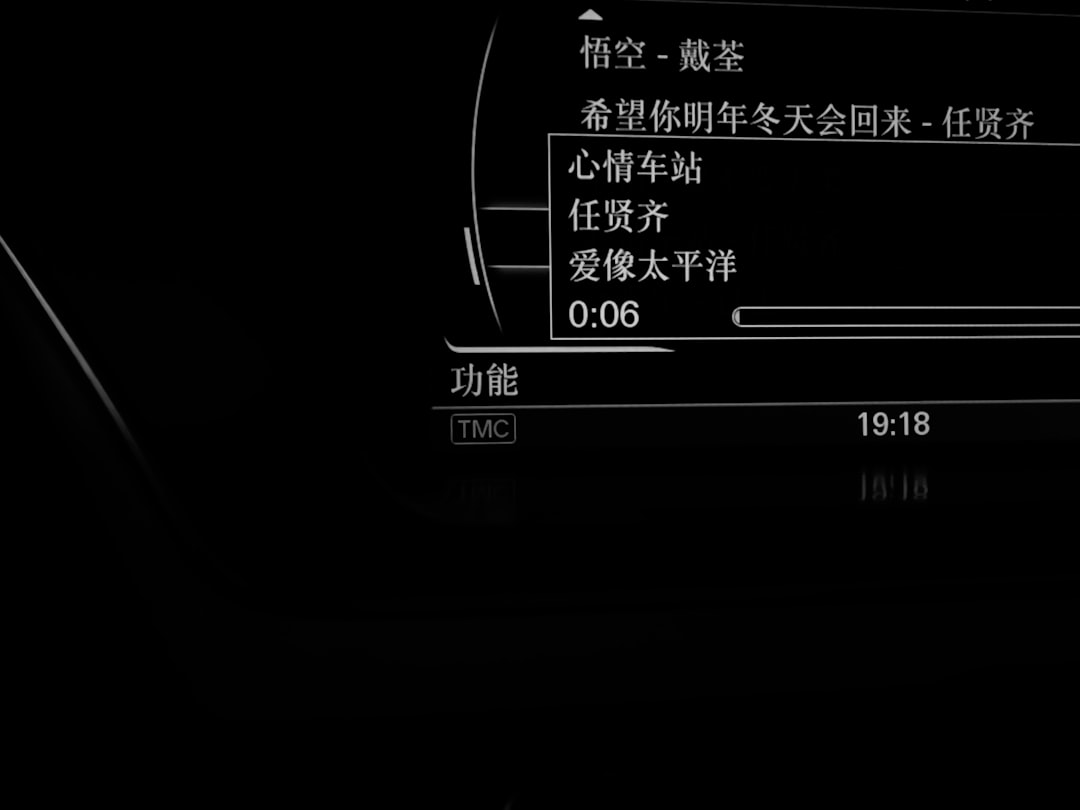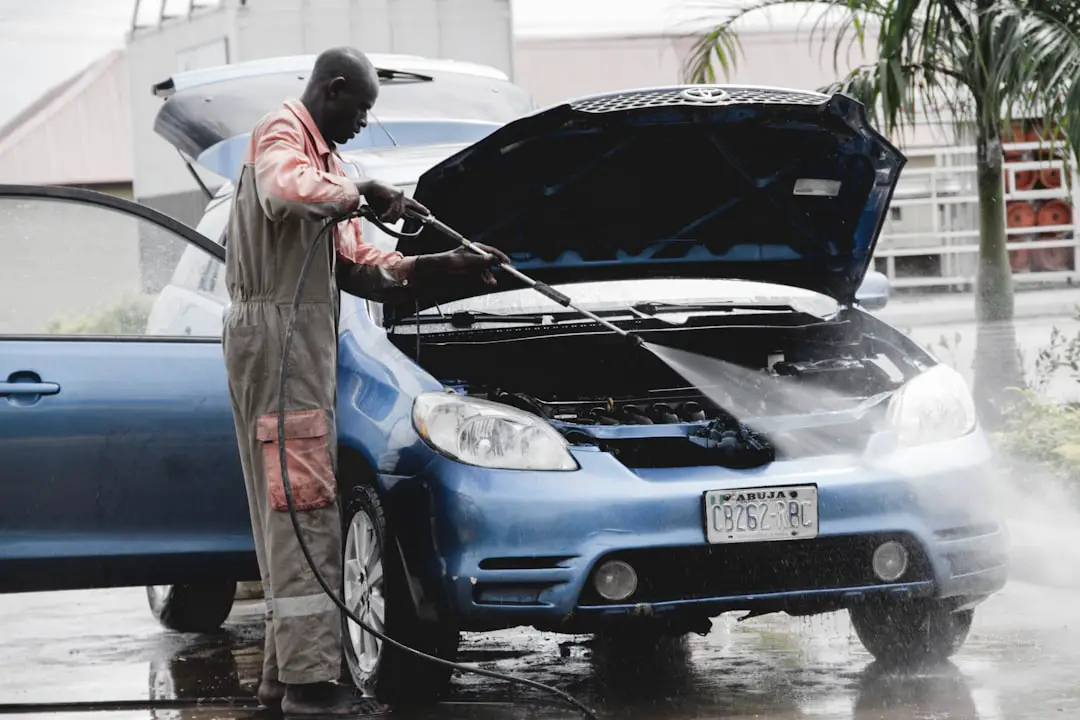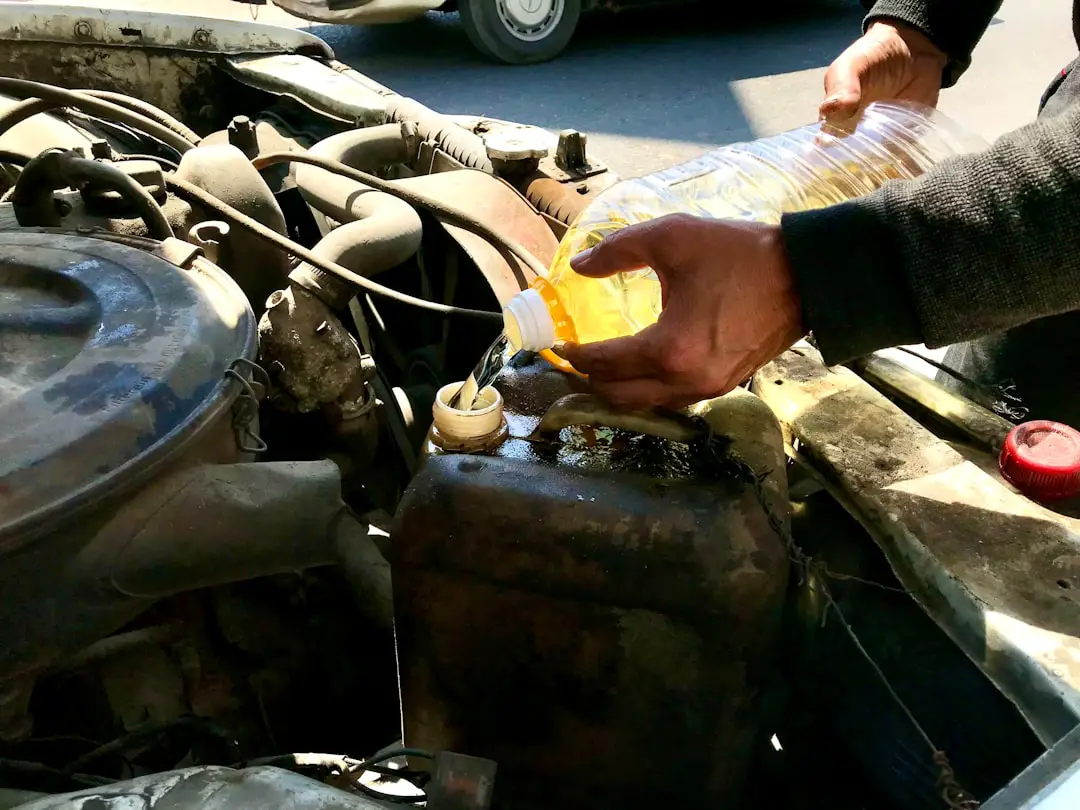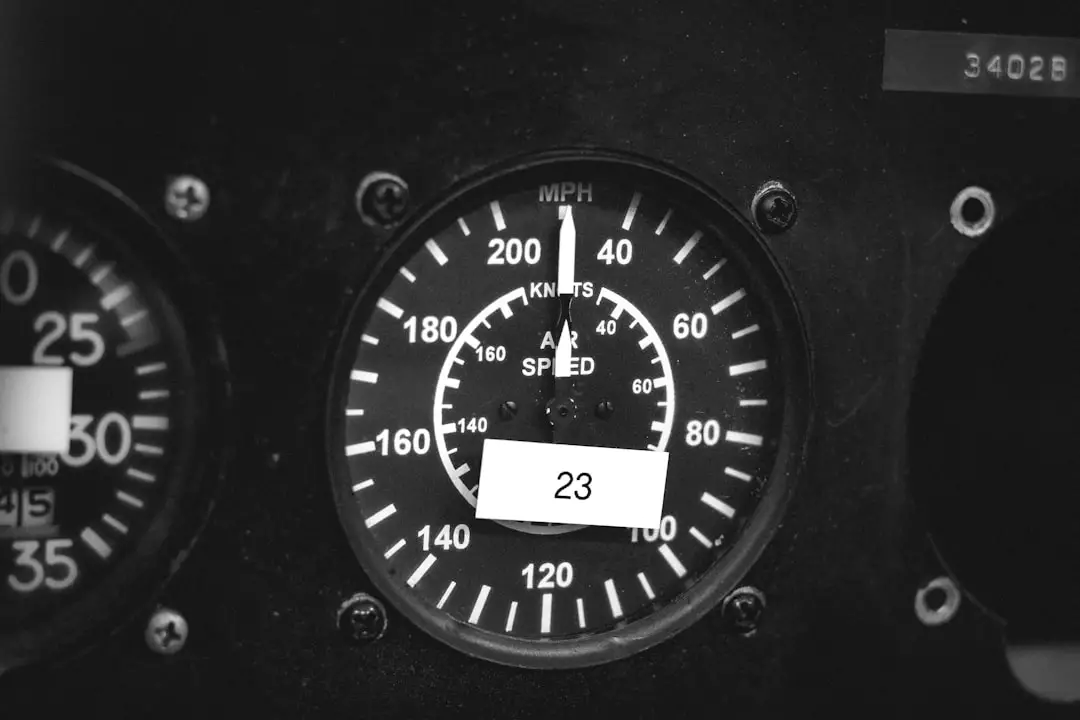You’re driving along, having a good day, when suddenly your check engine light pops on. Ugh. You grab your scanner (or stop by the auto parts store), and it tells you: Error Code P0457. Sounds serious, right?
Don’t worry. We’re going to break it down together and fix it. No fancy mechanic stuff here—just simple talk and fun tips to help you get back on track. Let’s dive in!
What Is Error Code P0457?
This code means there’s a leak in your car’s evaporative emission system (that’s the EVAP system). Basically, fuel fumes are escaping where they shouldn’t.
The system’s job is to trap those fumes and send them back into your engine to burn. It’s good for the environment and your gas mileage. When there’s a leak, the car notices something’s off and throws that P0457 code.
The “57” in the code hints that the leak is significant—so it’s not a tiny pinhole. It could be big enough to smell fumes.
Symptoms You Might Notice
- Check Engine Light – Always the first sign
- Gas Smell – Strong fumes around your car?
- Poor fuel economy – Leaky fumes = wasted fuel
If you don’t fix it, it won’t usually stop your car from driving. But it will keep that light on and hurt your MPG.

Why Does It Happen?
P0457 is common and can be caused by simple things. Here’s what’s usually behind it:
- Loose or missing gas cap
- Cracked gas cap seal
- Leaky hoses or connections in the EVAP system
- Bad purge or vent valve
The most common cause? The gas cap. Yep – simple, isn’t it?
First Thing: Check The Gas Cap
This is the easiest and fastest thing to do. Here’s how:
- Get out and twist off your gas cap
- Inspect the rubber seal—cracked or brittle?
- Clean around it—dirt can mess with the seal
- Screw it back on tightly (click it until it stops!)
After that, drive a couple of times. The check engine light may turn off on its own. If it doesn’t, let’s go further.</
Use a Scanner to Clear the Code
If the cap was loose or replaced, and you’re confident the issue is fixed, you can clear the code using a scanner. You can get a cheap one online or borrow one at an auto parts store.
- Hook it up to the port under your steering wheel
- Select “Clear Codes”
- Start your engine
If the code comes back, you’ve got deeper to go.
Check for Leaks in the EVAP System
This is a bit more technical but still totally doable!
Follow the hoses from the gas cap all the way to the engine bay. Look for signs of:
- Cracks in the rubber hoses
- Loose or disconnected lines
- Split connectors
Anything look worn or broken? Replace it. Most hoses are held on with simple spring clamps.

Pick Up a New Gas Cap
If you haven’t already, try replacing the gas cap. They’re cheap (about $10–$20) and found at any auto parts store.
Don’t get fancy. Stock OEM replacements work best here.
Purge and Vent Valves – What Are Those?
These are special valves in your EVAP system that open and close at specific times. If they stay stuck open or closed, they can cause a leak or a false code.
Here’s how to check them (you might need a basic multimeter):
- Find the purge and vent valve locations (YouTube your car model)
- Unplug them and test continuity
- If they’re broken, replace them
Sometimes they just get gunked up. Cleaning or tapping them gently can help, but replacing is easiest in most cases.
Not Sure? Time for a Smoke Test
If everything looks good but the code is still there, you may need a smoke machine test.
This machine pushes harmless smoke into your EVAP system. Then you watch to see where the smoke leaks out.
Shops will usually do this for $50–$100. It’s the best way to find sneaky leaks like:
- Cracked charcoal canisters
- Hairline hose cracks
- Hidden connectors that are loose
What If You Ignore It?
Your car will probably run fine. But ignoring the leak means:
- Your fuel mileage could suffer
- You won’t pass an emissions test (if required)
- You might miss a serious issue later because the light is already on
Best to fix it right.
Here’s a Quick Recap
- P0457 = Leak in EVAP System
- Step 1: Check and tighten or replace gas cap
- Step 2: Inspect EVAP hoses and valves
- Step 3: Use a scanner to reset code
- Step 4: If still there, get a smoke test
Handy Tools That Will Help
- OBD-II scanner
- Replacement gas cap
- Flashlight and gloves
- Multimeter (for testing valves)
- Vacuum hose (if you need to replace)
Let’s Keep It Simple – And Save Cash
You don’t need to be a pro mechanic. Fixing P0457 is mostly about tracking down leaks and sealing them up. Parts are cheap and the repair is satisfying, especially when that check engine light turns off!
Keep a log of what you tried. If you do need to see a mechanic, you’ll have a great head start and might save on labor time.
You Got This 🚗
Remember, P0457 sounds complicated. But it’s often just a broken or loose gas cap. Don’t let the code scare you. Troubleshoot step-by-step, and you’ll fix it like a pro—with a smile.

Happy driving!
